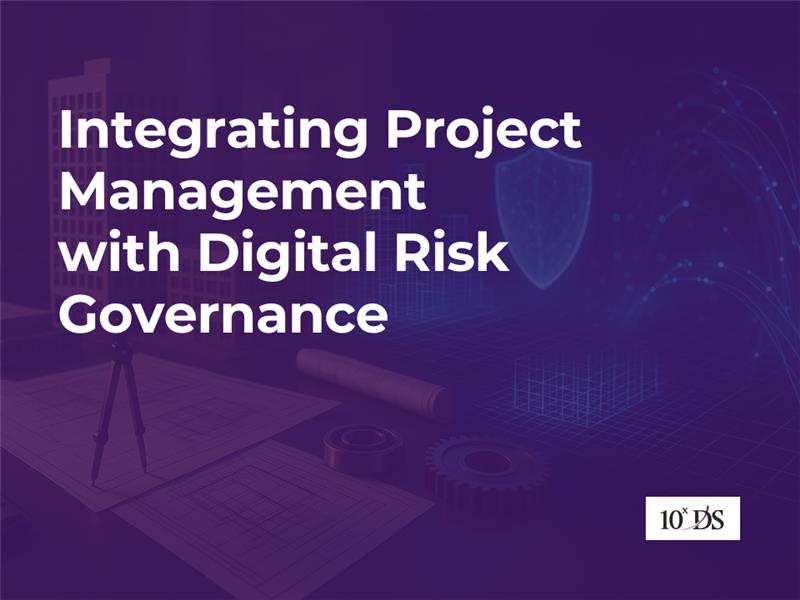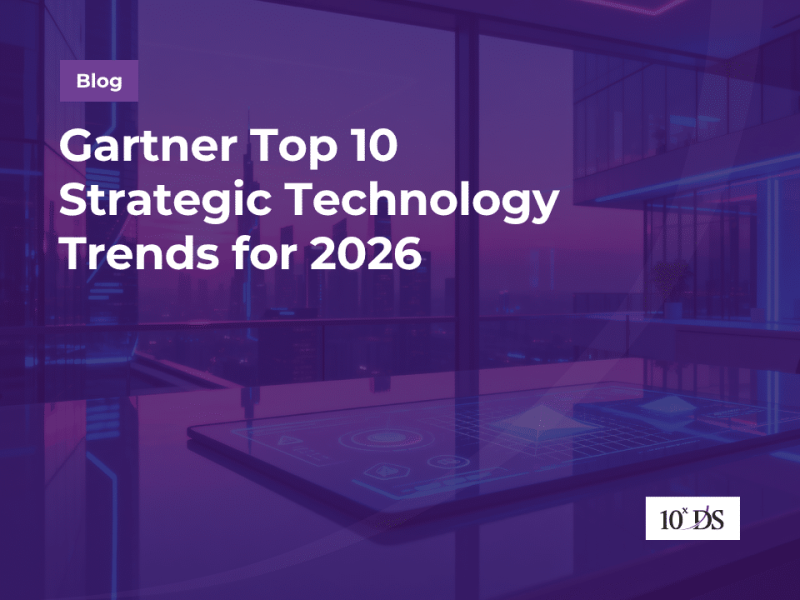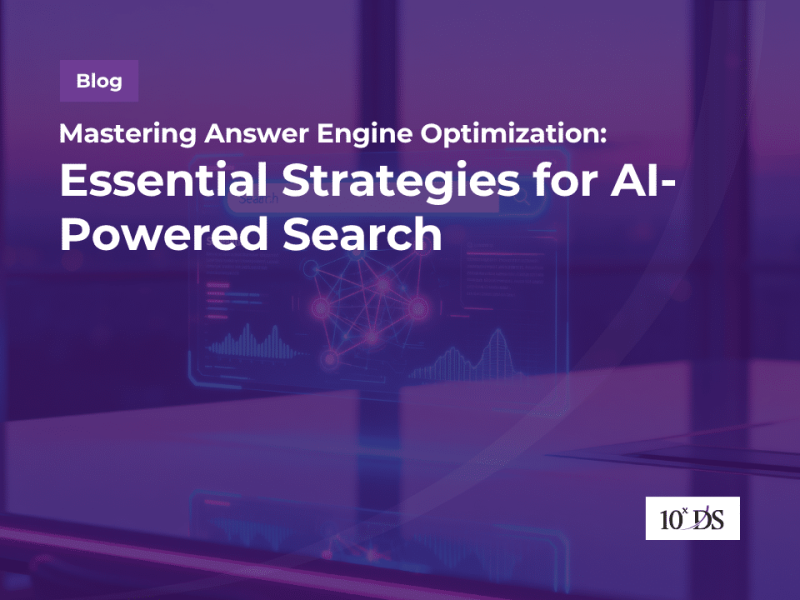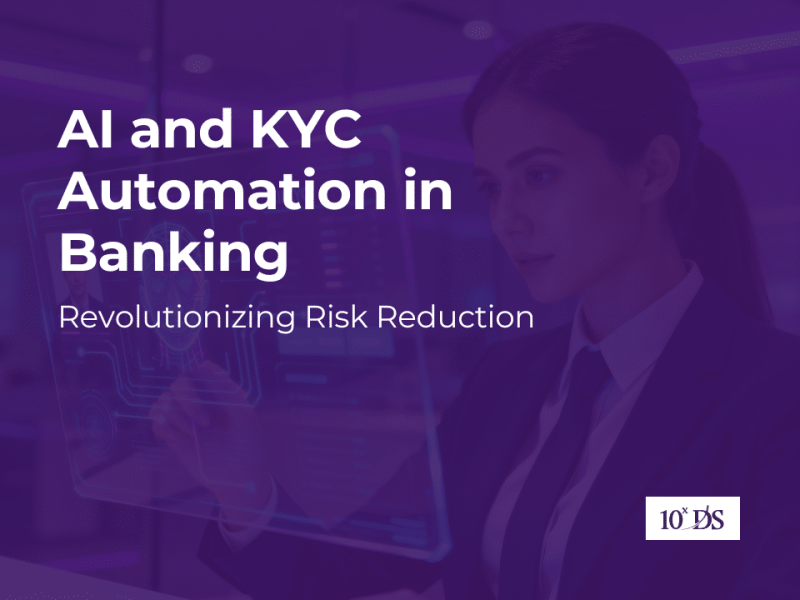
Integrating Project Management with Digital Risk Governance
Building Resilience in an Era of Accelerating Threats
Gone are the days when project teams and risk teams could function independently—silos no longer protect, they expose. Integrating project management with digital risk governance isn’t just best-practice—it’s survival strategy.
Why Integration Matters
Digital initiatives drive transformation, but they also multiply risk. Shadow IT, third-party dependencies, and evolving cyber threats create vulnerabilities at every stage of a project’s life cycle. A 2023 survey by AuditBoard revealed that although 93% of organizations plan to increase technology investments, eight out of ten lacked real visibility into digital risk—and many still lacked standardized metrics. Meanwhile, 87% of organizations currently use reportable metrics to manage digital risk—with 97% considering those metrics effective and 59% saying they’re very effective. Notably, teams that collaborate well are more than twice as likely to rate their metrics that highly (87% vs. 41%) .
These stats highlight two things:
(1) most companies measure risk, and
(2) cross-functional collaboration is the key to effective risk governance.
The Convergence of PMO and Risk
At the center of integration lies the PMO (Project Management Office). Traditionally, a PMO ensures timely delivery within scope and budget. In the integrated model, it also becomes the nerve center for digital risk governance:
- Standardizing processes for risk identification, assessment, and mitigation across all projects
- Aggregating risk data to spot patterns—such as repeated vulnerabilities in software integration
- Providing proactive governance through continuous oversight and scenario planning
- Fostering a risk-aware culture via training, shared tools, and leadership accountability
This aligns closely with the ISO 31000 risk management standard, which emphasizes that risk management should be embedded into strategy, governance, and organizational practices.
A Story: A fintech company’s Data Integration Project
Consider the case of a neobank, a fast-growing fintech aiming to launch an APAC-wide digital payments platform. They appointed a project manager (PM), to lead the 18-month integration project with multiple core banking systems.
Midway through Phase 1, Project Management team realized a critical gap: they had prioritized schedule and tech specs—and only placeholder risk reviews. When a third-party API they chose delivered inconsistent data formats, reconciliation became a nightmare. Data delays cascaded into regulatory reporting issues, threatening neobank’s launch timeline.
Meanwhile, the company CISO, had highlighted this API as a potential digital risk—lack of schema governance, unclear SLAs, and unknown availability standards. But CISO lacked visibility in the PMO, and PM had little insight into cybersecurity implications. The result: both were surprised when a datapoint mismatch triggered a cross-border reporting alert.
The fix? The company shifted to an integrated project model halfway through. A dedicated team—comprising PM, CISO, a data architect, and a regulatory advisor—was embedded in the PMO. They conducted real-time threat modeling, classified risks in each sprint backlog, and created a shared dashboard that tracked technical, regulatory, and cyber risks.
By Phase 2, the company was running tabletop exercises simulating API failure, enabling the team to deploy a fallback service and messaging protocol before the real issue hit. Launch eventually shifted by only two weeks, but with confidence in both compliance and security.
Core Components of Integration
From the fintech company’s journey, we derive four pillars of integration:
1. Governance and Accountability
Integrated governance starts with clear ownership of digital risk within the project structure. The PMO’s role must expand beyond delivery to include digital risk oversight, with this responsibility clearly stated in its charter. Senior leadership needs to back this shift, prioritizing risk integration as a strategic goal, not just compliance. Without executive support, risk practices often remain siloed or reactive. A cross-functional risk council—comprising project managers, cybersecurity leaders, and legal or compliance officers—can support this by ensuring accountability across departments. This formal structure fosters a proactive, risk-aware culture throughout the organization.
2. Shared Frameworks and Metrics
To align project management with risk governance, teams need a shared framework for identifying and classifying risks—such as cyber threats, third-party risks, data integrity, or regulatory issues. Using a consistent taxonomy ensures everyone speaks the same language. These risks should then be linked to measurable metrics and displayed through shared dashboards. According to AuditBoard, 80% of organizations now use cloud-based risk tools, which make real-time monitoring possible. With standardized metrics in place, project teams and executives alike can assess risk exposure more clearly and take timely action.
3. Risk in the Project Lifecycle
Digital risk management should be embedded into every stage of the project lifecycle. During the planning phase, this includes threat modeling and mapping third-party risks. In execution, it involves real-time monitoring and tracking key risk indicators. At project closure, teams should conduct risk retrospectives to capture lessons and feed them into a central knowledge base. Aligning risk tasks with each phase of delivery—initiation, build, deploy, operate, and retire—ensures that governance is ongoing rather than a one-time activity, helping teams identify and respond to risks before they escalate.
4. Technology and Process Automation
Technology plays a vital role in scaling digital risk management. Platforms like JIRA or Flexi-Project, when integrated with risk plugins, can centralize project and risk tracking. Automated alerts—triggered by missed SLAs, failed security checks, or system anomalies—enable quicker responses. Some organizations also use simulation tools to model risk scenarios and predict future issues. As more risk processes are automated, teams gain speed and consistency in managing threats. But tools alone aren’t enough—they must be thoughtfully implemented, with training and governance in place to ensure real effectiveness.
Benefits: Efficiency, Insight, Resilience
The integrated approach pays dividends:
- Faster detection & response: The fintech company’s API gap was caught pre-live via simulation.
- Improved release predictability: By embedding risk reviews, teams avoid late-stage security bugs.
- Continuous improvement: Post-project reviews feed into a risk knowledge library.
- Strategic alignment: Leadership sees aggregated risk exposure across portfolios—enabling informed decisions like risk transfer, reprioritization, or budget reallocation.
This aligns with findings from McKinsey’s Future of Risk Management in the Digital Era, which cited that 75% of risk managers expect advanced analytics to reshape risk processes—and nearly half anticipate data infrastructure to have high impact.
Overcoming Challenges
No integration initiative is without its hurdles, and organizations should be prepared to face several common challenges. One of the most persistent is organizational resistance, often rooted in longstanding silos shaped by political or cultural dynamics. Overcoming this requires strong top-down sponsorship, clear communication of the benefits, and accountability mechanisms to sustain engagement. Another major challenge is the skills gap—many project managers may lack cybersecurity knowledge, while risk professionals might not fully understand delivery workflows. Cross-functional training becomes essential, with rotating proof-of-concept (POC) teams helping to build shared understanding and fluency. Tool fragmentation also poses difficulties, as integrating systems across departments can be costly and complex. Rather than replacing platforms entirely, organizations should prioritize tools that support plug-ins or APIs, enabling modular integration that scales over time. Lastly, data overload can dilute the impact of governance dashboards. Metrics only drive action when they’re tied to real decisions—so teams should focus on a core, meaningful set, such as SLA compliance, time to incident detection, and risk-adjusted schedule variance, avoiding vanity metrics that add noise instead of insight.
A Model Framework
For organizations beginning their journey toward integrating project management with digital risk governance, a clear and structured workflow is essential. It starts at the initiation stage, where the PMO must be formally chartered with a digital-risk mandate. This includes embedding risk roles—such as cybersecurity or compliance leads—into early planning conversations, ensuring that risk considerations are present from day one. As projects move into the planning phase, teams should jointly identify potential risks, conduct threat modeling, and assign clear ownership for mitigation. A shared risk register should be populated, categorizing risks by type, likelihood, and impact, creating a foundation for structured oversight.
During the execution stage, the focus shifts to real-time monitoring. Teams should track risk metrics actively, conduct weekly stand-ups involving both project managers and CISOs, and use automated alerts to flag potential issues—such as latency in APIs or failed vulnerability scans. To further stress-test readiness, tabletop simulations of high-impact scenarios can help teams refine their response strategies. In the closure stage, risk-focused retrospectives provide critical learning opportunities. These reviews capture what worked, what didn’t, and feed insights into a continuously evolving risk library. Data from this stage should also be reflected in governance dashboards to support broader portfolio-level decisions.
Finally, a continuous improvement loop ensures the integration matures over time. This involves rotating team members across functions to build shared expertise, refreshing governance frameworks based on lessons learned, and offering ongoing training. Regular policy updates and cross-departmental collaboration help maintain momentum, ensuring that digital risk is treated not as an isolated concern, but as a living, evolving component of project success.
Toward a Culture of Risk-Aware Delivery
As digital threats evolve, risk governance must be dynamic and integrated. Security convergence principles reinforce that cyber and project teams must break down walls—only then can visibility be clear and accountability holistic.
ISO 31000 underlines the same message: risk management must be integral to organizational activities and decision-making, not a one-off or compliance checkbox. Expanding that philosophy into project delivery ensures digital initiatives are not only executed but executed with confidence and resilience.
Conclusion
Integrating project management and digital risk governance is more than a methodological shift—it’s a strategic necessity. As deliveries become digital, the speed and complexity of threats demands that risk and delivery go hand in hand. It is evident that siloed models fail. But with a unified PMO, shared metrics, scenario planning, automation, and a culture of shared accountability, organizations can navigate digital transformation with purpose and confidence.
Ultimately, it’s about building systems where every sprint, feature, release carries built-in resilience. Because in today’s landscape, success isn’t just delivering on time—it’s ensuring what you deliver stands strong against the storm.
Talk to our experts to learn more


